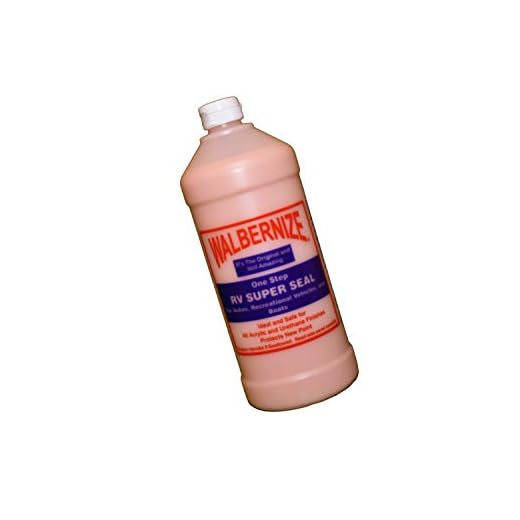



Using a high-pressure device to achieve a thorough cleaning of a vehicle is highly effective. The key lies in understanding the appropriate techniques and settings to avoid damaging delicate components. For a safe and satisfying experience, it is advisable to maintain a distance of at least 30 centimetres from the surface, ensuring that the water stream is not directed at sensitive areas such as electrical connections or seals.
Before beginning the cleaning process, pre-soaking the exterior with a dedicated car cleaning detergent helps in loosening stubborn dirt and grime. Applying this product with a foam cannon or a spray bottle allows the solution to break down contaminants effectively. After letting it sit for a short period, the high-pressure unit excels at rinsing away the debris, leaving a spotless finish.
However, paying attention to the nozzle type is crucial. A wide-angle fan nozzle is preferable to prevent surface damage, while concentrating the spray can cause scratches. To avoid pitfalls, always perform a test spray on a small, inconspicuous area first. By following these straightforward guidelines, achieving a pristine vehicle is both manageable and efficient.
Washing a Vehicle Using a High-Pressure Device
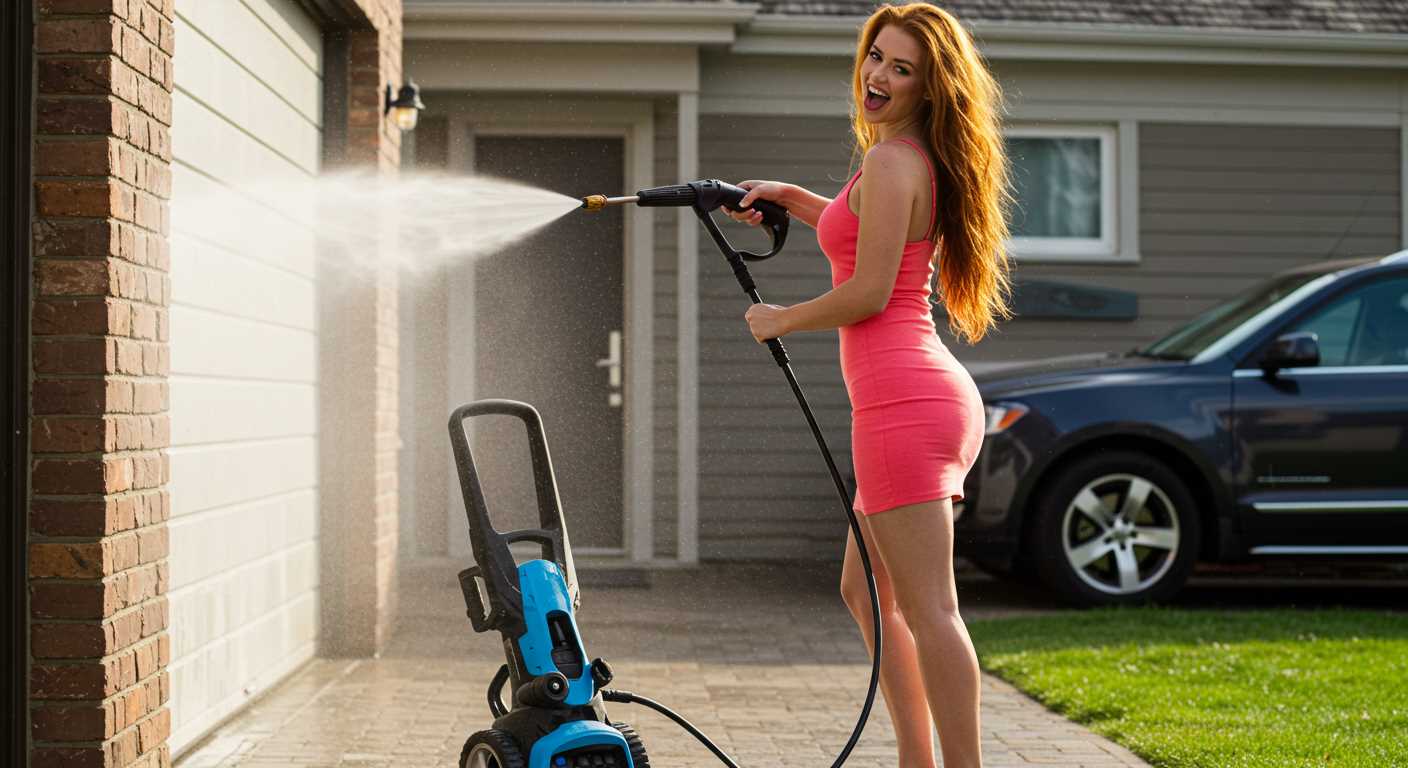
Using a high-pressure device for cleaning automobiles is a recommended approach, provided certain guidelines are followed. The objective is to achieve a thorough and safe clean while protecting the surface and components.
Key Recommendations
- Select a model with adjustable pressure settings. A lower pressure is preferable to avoid damaging paintwork.
- Utilise a wide-angle nozzle for broader coverage, reducing the risk of concentrating force on a single spot.
- Keep a safe distance, generally around 2 feet, from the surface to mitigate the risk of chipping or scratching.
- Start from the top and work downwards, allowing dirt and grime to flow off the vehicle naturally.
- Use suitable detergents designed specifically for automotive cleaning; avoid household cleaning agents that could be harmful.
Considerations after Cleaning
- Inspect the vehicle for any missed spots, particularly in the wheel wells and undercarriage.
- Dry the vehicle with a microfibre cloth to prevent water spots and ensure a polished look.
- Apply a protective wax or sealant following the wash to enhance shine and provide a barrier against contaminants.
By following these specific guidelines, the use of high-pressure cleaning tools can yield impressive results while ensuring the longevity and appearance of any automobile remains intact.
Choosing the Right Pressure Washer for Car Cleaning
For effective upkeep of a vehicle’s exterior, selecting the appropriate cleaning device is paramount. Look for a model with adjustable pressure settings; ideally, a range between 1200 to 1900 PSI is suitable for automotive surfaces to avoid damage.
Electric variants are typically sufficient for routine maintenance and are quieter than their gas counterparts. They tend to be lighter and easier to manage, making them ideal for residential use. However, if seeking higher performance for tough grime or larger vehicles, gas models may provide the necessary power.
Always consider the flow rate, indicated in gallons per minute (GPM). A machine with a higher GPM allows water to penetrate dirt more effectively, leading to quicker and thorough cleaning. Look for units that offer around 1.5 to 2.5 GPM for optimal results.
Another aspect is the nozzle type. Detachable nozzles or adjustable spray wands allow for versatility; a wider angle reduces pressure and helps cover larger areas without risk to the vehicle’s finish. Additionally, foam cannon attachments enable better distribution of soap and ensure more efficient cleaning processes.
Refer to the below table summarising key features to consider:
| Feature | Recommended Specs | Notes |
|---|---|---|
| Pressure (PSI) | 1200 – 1900 | Avoid damage to paint and sensitive components. |
| Flow Rate (GPM) | 1.5 – 2.5 | Higher GPM enhances cleaning efficiency. |
| Type | Electric or Gas | Electric for home use; gas for heavy duty. |
| Nozzle Options | Adjustable or Detachable | Provides versatility and protects surfaces. |
Attaching the right cleaning agents can amplify performance; always choose products labelled safe for automotive finishes. Evaluating customer reviews can provide insight into durability and effectiveness, aiding in making a well-informed decision.
By carefully considering these factors, the choice of tool can significantly enhance vehicle cleaning experiences while maintaining the integrity of surfaces. Enjoy the results of a well-chosen appliance.
Techniques for Safe Car Washing with a Pressure Washer
Use a foam cannon for even coverage of cleaning solution. This attachment connects to the nozzle and applies foam uniformly, ensuring dirt lifts off surfaces without scrubbing.
Maintain a distance of at least 2–3 feet from the vehicle’s surface to avoid damage from high pressure. Adjust the nozzle tip to a wider angle for gentler cleaning; a 25-degree or 40-degree nozzle is ideal.
Start from the top and work downwards. Begin by rinsing the roof, then proceed to windows, hoods, and finally the lower panels, preventing dirt from running down onto cleaned areas.
Clean wheels and tyres first, as they are likely to have the most grime. A dedicated wheel cleaner can assist in breaking down brake dust before rinsing.
Always keep the nozzle in motion while cleaning. This technique prevents concentrated pressure on a specific area, which may cause damage to paintwork.
Conduct a spot test on less visible areas before beginning. Ensure the chosen technique does not adversely affect paint or finishes.
After rinsing, dry the vehicle with a soft, absorbent towel or a dedicated drying cloth. This step prevents water spots and streaks on the surface.
Regularly inspect equipment for any wear and tear. A well-maintained machine will perform optimally, allowing safe and efficient cleaning.
Understanding the Nozzle Types and Their Uses
For optimal results in automotive detailing, selecting the correct nozzle is crucial. Different nozzle types create varying spray patterns and pressures, catering to diverse cleaning tasks.
0° Nozzle
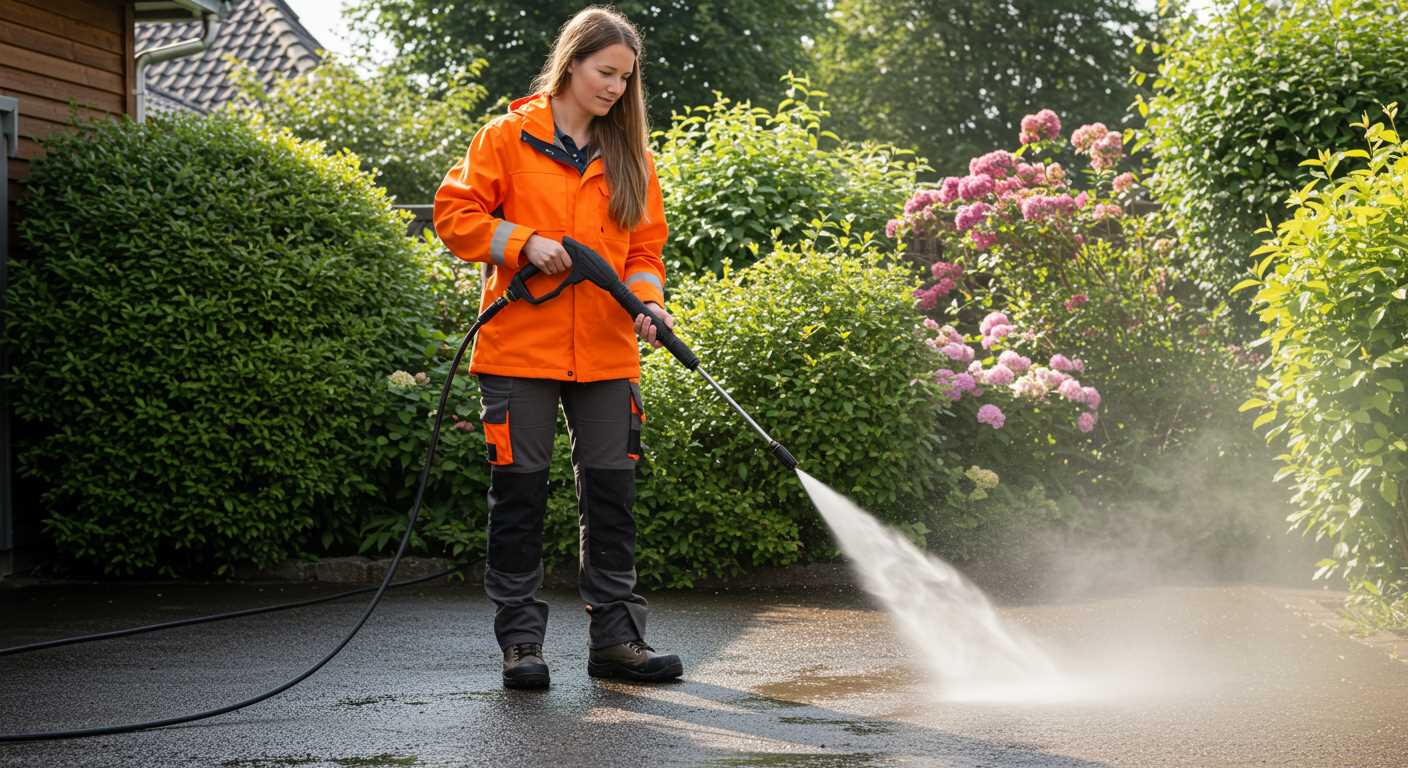
This nozzle produces a concentrated stream, ideal for heavy-duty tasks requiring precise cleaning on deeply embedded grime. However, caution is necessary, as the high pressure can damage the finish if used too close.
15° Nozzle
Offering a tight fan spray, this nozzle effectively removes stubborn dirt and debris. It strikes a balance between power and safety, suitable for cleaning wheel wells and undercarriages without excessive risk of paint damage.
25° Nozzle
Most versatile, presenting a wider spray ideal for general washing tasks. It is perfect for covering larger areas quickly, such as body panels and glass, while being gentle enough to avoid harm to the finish.
40° Nozzle
This nozzle provides a gentle mist, making it excellent for rinsing soap or cleaning delicate areas. It’s particularly useful for the final rinse to help avoid streaks while still providing adequate pressure.
Soap Nozzle
Specifically designed for applying detergent, this nozzle typically has a lower pressure. It creates a wide spray that allows for even coverage of soap, ensuring effective cleaning before rinsing with a higher pressure nozzle.
Understanding these nozzle types enhances efficiency and effectiveness, leading to superior results while maintaining automotive finishes. Select wisely to tailor the cleaning experience to the specific needs of the task.
Identifying Areas to Avoid When Pressure Washing
Avoid delicate components such as mirrors, windows, and lights. High-pressure water can crack or shatter glass, leading to costly replacements. Be cautious around seals and trim, as excessive force may dislodge or damage them.
It’s wise to keep the nozzle away from the paint. Maintaining a safe distance, typically around two feet, helps prevent paint chipping or scratching. Check for loose panels or vinyl wraps, as these can peel away if subjected to direct pressure.
Skip sensitive areas where rust and corrosion could develop, particularly undercarriages and wheel wells. Accumulated dirt and grime protect against moisture; using a strong jet can remove this shield, fostering rust.
Refrain from directing water near engine bays or exhaust systems. Infiltration of water into electrical components may cause malfunctions or short-circuits. Rinse from the front, ensuring that water does not penetrate sensitive areas.
Be wary of using a high-pressure jet on aftermarket modifications or stickers. These additions have varied tolerances and may not withstand intense force, risking permanent damage.
After observing these guidelines, proceed with caution, ensuring the best outcome while minimizing the risk of unintentional harm.
Recommended Cleaning Solutions for Pressure Washers
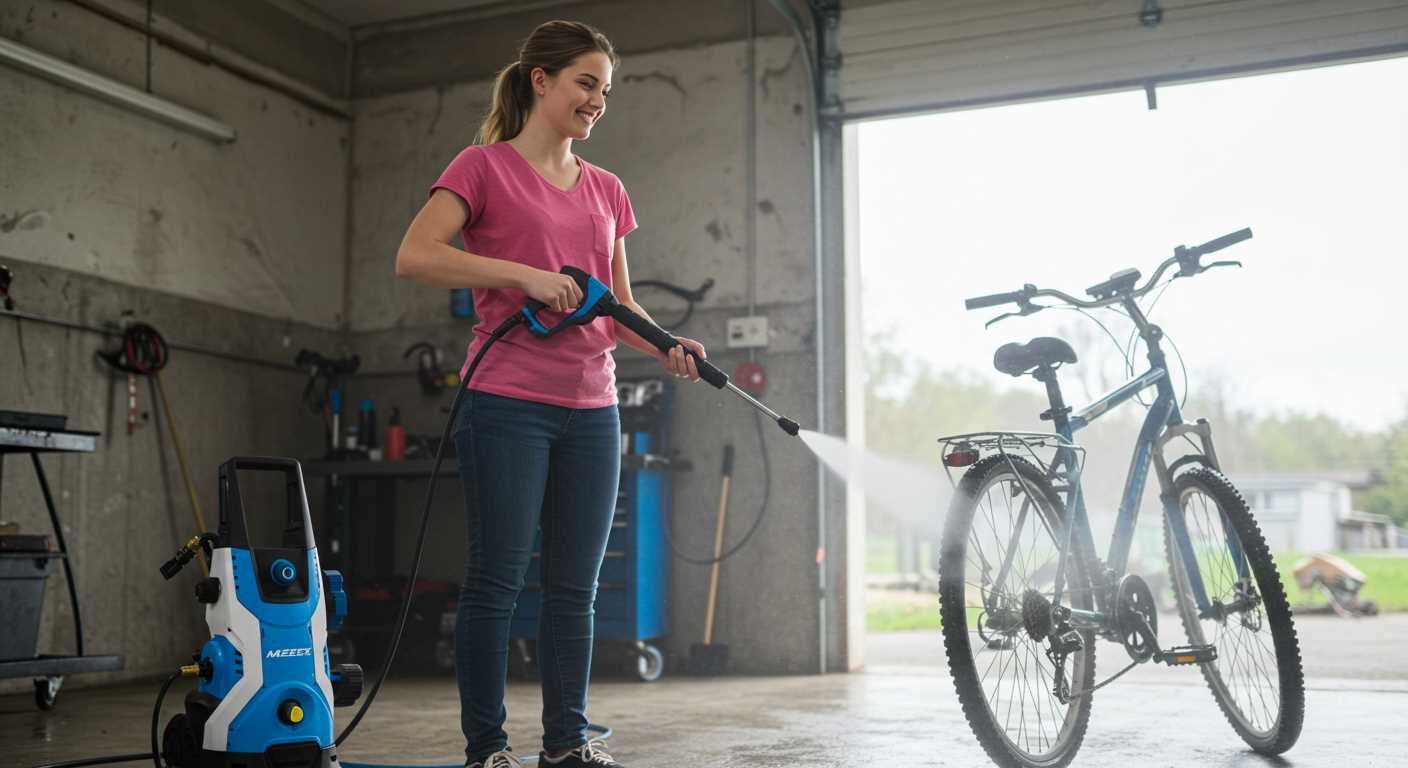
Utilising the appropriate cleaning solutions can significantly enhance the effectiveness of water jets. I recommend pH-neutral car shampoo, as it is gentle on paintwork and helps to lift grime without causing damage. Look for products specifically labelled as safe for automotive surfaces.
Foam Cannons and Cleaning Concentrates
A foam cannon paired with a pressure sprayer creates a rich foam that adheres to the surface, allowing dirt and contaminants to dissolve before rinsing. Use a concentrated foam solution designed for automotive finishes. Make sure to follow the manufacturer’s dilution recommendations for optimal results.
Specialty Cleaners for Different Surface Types
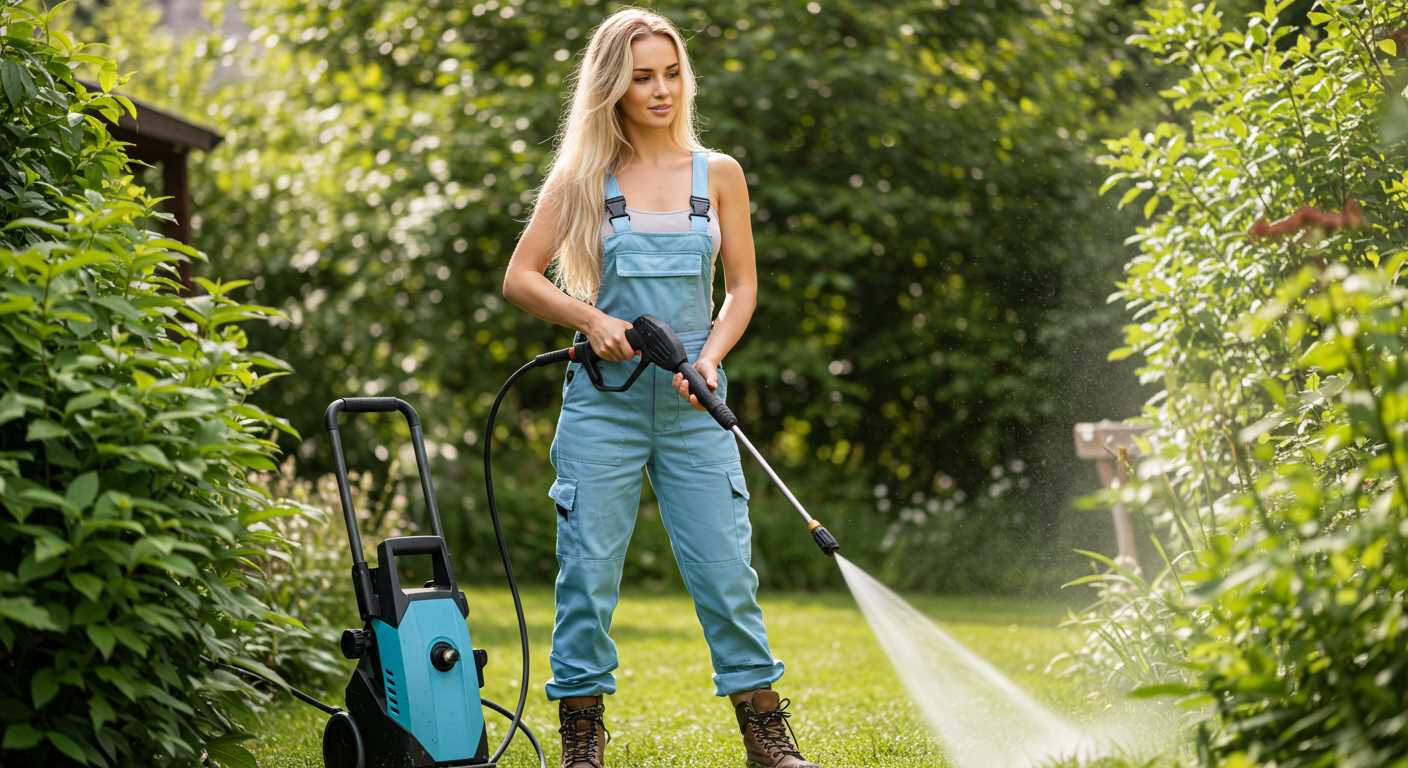
For wheels and tyres, use a dedicated cleaner that targets brake dust and road grime. These formulations often contain stronger agents to tackle stubborn residues. Always check compatibility with materials like alloy or chrome to avoid damage.
In cases of heavy contamination, such as tree sap or bird droppings, consider using spot treatment solutions. Apply them directly to affected areas and allow them to dwell for a few minutes before rinsing.
Avoid using bleach or harsh chemicals, as they can harm the paint and protective coatings, leading to long-term deterioration. Selecting the right cleaning solution is key to maintaining the vehicle’s appearance and preserving its value.
Tips for Preventing Damage to Car Paintwork
Always use a suitable nozzle and maintain a distance of at least two feet from the surface. This helps prevent high-pressure damage to the paint.
Avoid cleaning in direct sunlight. The heat can cause soap and water to dry too quickly, leading to streaks and potential damage.
Ensure the vehicle is pre-rinsed to loosen dirt particles before applying any cleaning solution. This step helps to avoid scratches during the cleaning process.
Use a pH-balanced cleaning solution specifically designed for automotive finishes. Strong chemicals can strip away protective wax and damage the paint.
Regularly inspect the nozzle for any debris or wear. A damaged or clogged nozzle can create concentrated streams that may injure the paint.
Consider masking off sensitive areas, such as emblems and trim, which can be damaged by high pressure or harsh chemicals.
After washing, always apply a protective wax or sealant. This not only enhances shine but also adds a layer of defence against potential contaminants.
Lastly, it’s key to dry the surface with a soft microfiber towel to avoid water spots, which can mar the finish over time.
Special Considerations for Different Car Models
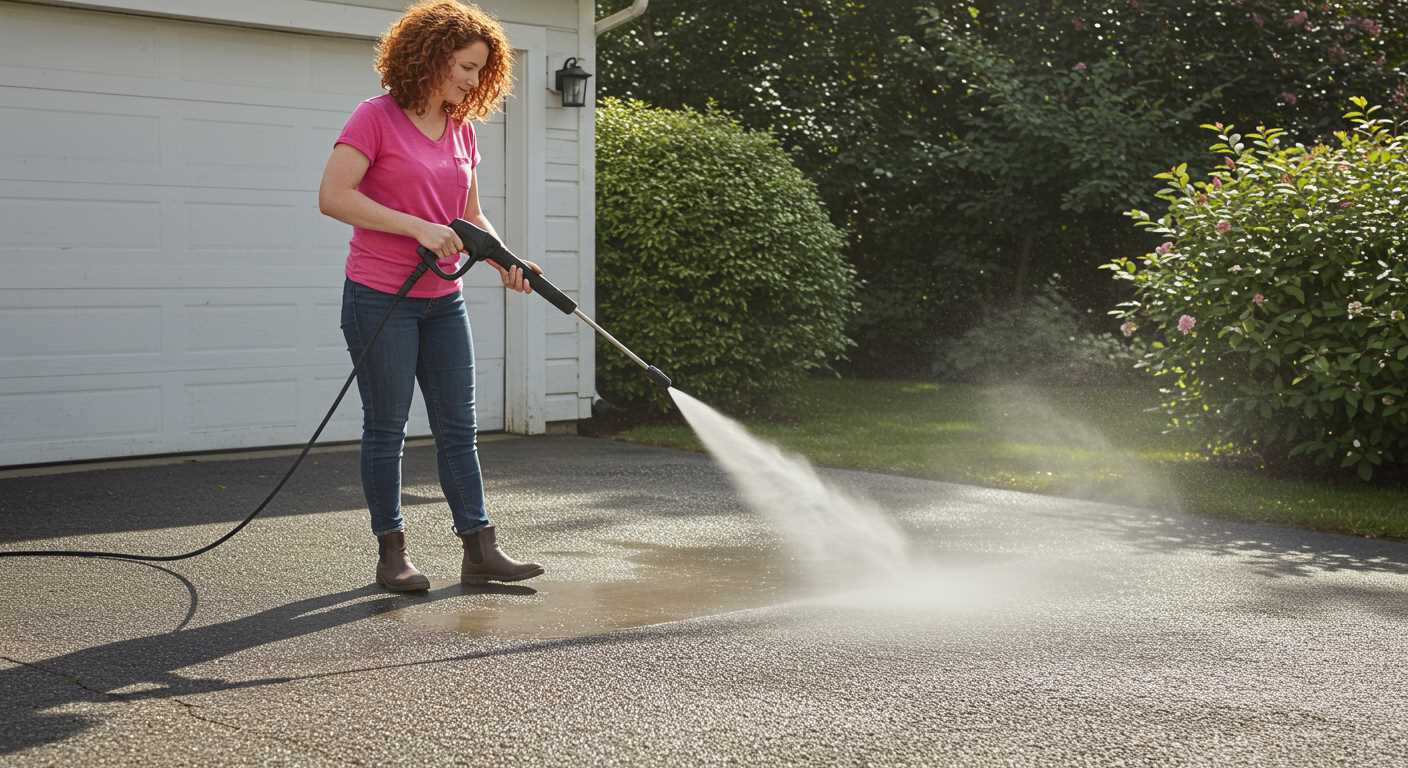
Compact vehicles typically handle higher pressure levels better than larger models. Use a wider spray pattern to prevent damage to sensitive areas like grilles and headlights.
- SUVs: Increase distance while applying water to avoid impacting the paint. Pay special attention to the undercarriage, as dirt accumulation is common.
- Luxury Cars: Opt for lower pressure and a gentle approach around trims and emblems. Investing in professional-grade cleaning solutions can provide a streak-free finish.
- Sports Cars: Wash panels one at a time to prevent pooling and spotting. Diligently work around spoilers and vents to protect delicate components.
- Classic Models: These often feature non-standard paint finishes. Test pressure on a small area beforehand to avoid any unexpected surface damage.
Always check manufacturer recommendations before using high-pressure tools, as materials and finish types vary significantly across brands and eras. Tailor techniques according to the specific needs of each model for optimal results.











